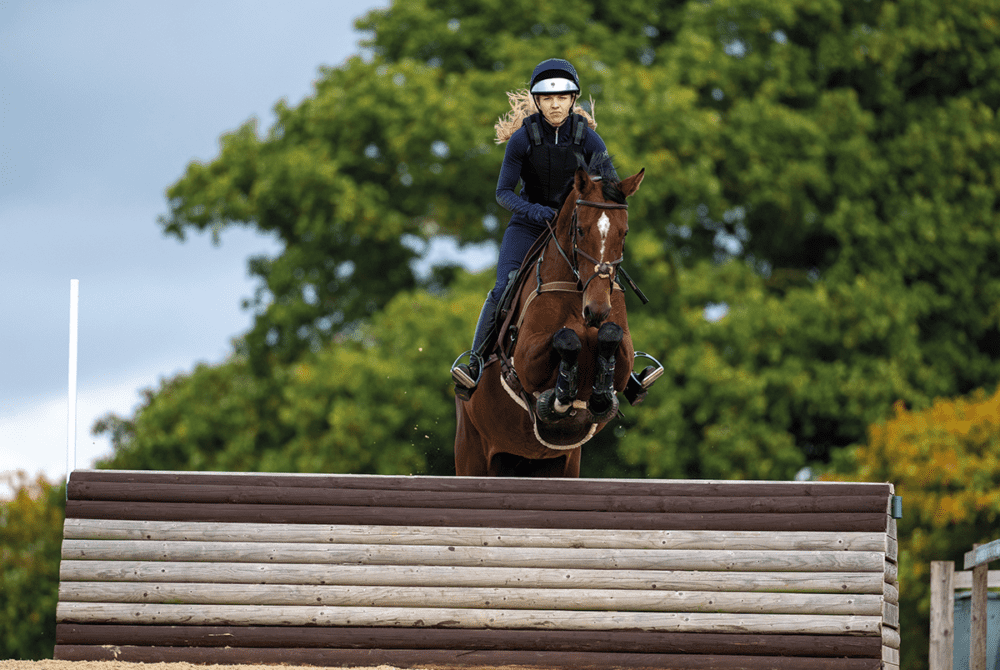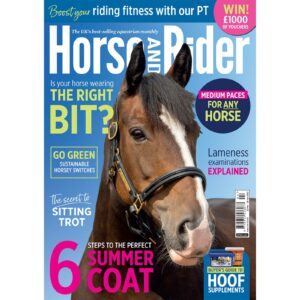Go arena cross country schooling: part five
Posted 20th March 2023
International eventer Felicity Collins helps you advance your training and answers some of the most common questions

In the previous parts of this series, we’ve planned out and ridden through an arena cross-country schooling session, then introduced our horses to some of the most common fence types – so what’s the next step? Well, if you’re hoping to compete your horse there are a few technical challenges you’ll need to familiarise yourself with, and there’s likely going to be a bit of polishing needed when it comes to technique.
So, with the fundamentals under your belt, you and your horse should be full of confidence. Let’s take a look at some of the answers to the most common questions.
Angled lines explained
Angled fences are combinations that appear on course at every level. They’re generally two jumps on a related distance that are set at opposite ends of a curve. While they can be ridden on a straight line, meeting the front rail of each jump on an angle, sometimes it makes more sense to jump through on what we call a dog leg – that is, by joining the fences with a broken or curving line.
First comes the decision – will you ride a straight line and jump on an angle, or would it be better to tackle each fence head-on? The answer comes from your ability to keep your horse on a line and channel his power and focus, as well as what’s easiest for him.
When choosing between riding a dog leg or an angled line, it’s also important to consider the terrain between the two fences, as well as how your horse’s stride pattern fits between the two. For example, one route might be a bit longer, but will help you avoid undulating ground that could otherwise upset his balance.
Knowing how to ride both types of line will ensure you keep your options open when it comes to competition day.
Option one: dog leg
- Find two small, welcoming fences you can link together and plan where your turn’s going to be. Pick something with an easy angle and ensure they’re spaced apart enough so you can make corrections if you need to.
- Ride to the first, ensuring your horse is in a powerful rhythm before you begin your approach.
- On landing, continue straight for a few strides, but look at your second obstacle to prepare for the turn.
- When you reach the turning point you’ve planned, ask your horse to change direction by turning your shoulders to the inside, putting slightly more weight in your inside seat bone, and squeezing with your outside leg. This will help you to keep control of your horses outside shoulder.
- Look up and over the second fence, then continue your line so you meet it square – channeling your horse forward by wrapping your legs around his sides.
Advance your arena cross-country training with Felicity’s top tips in April Horse&Rider – on sale now!











